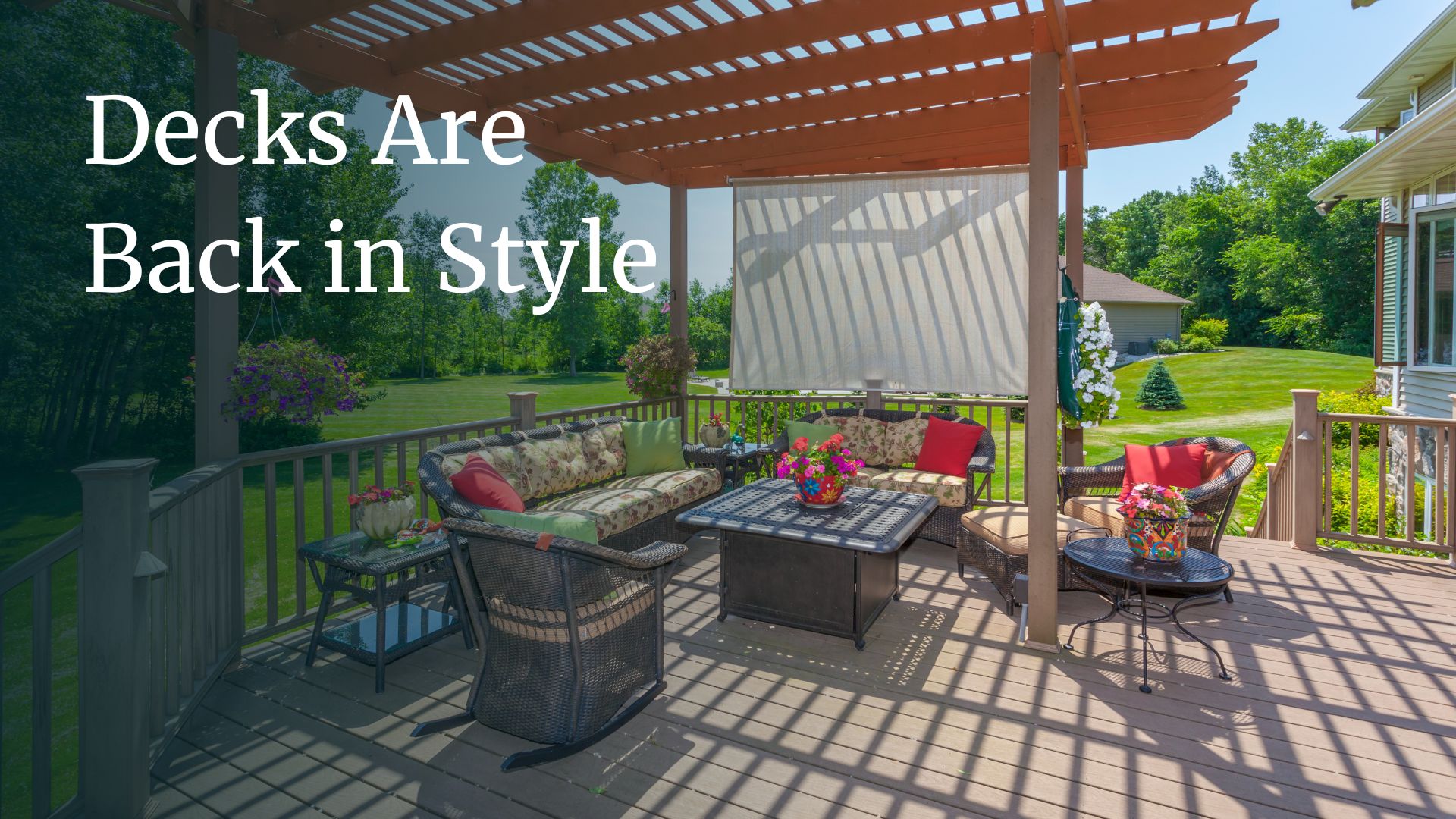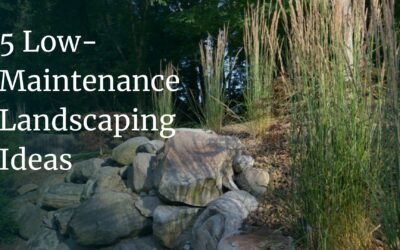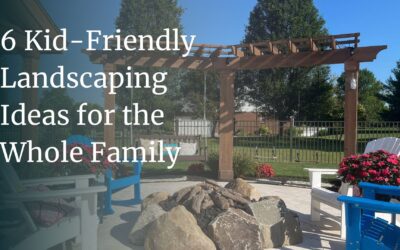“Decks are like taxus shrubs – everyone liked them and then they didn’t like them, so it’s tough to get people to see the progress they’ve made.” Dave Swearingen, The Site Group.
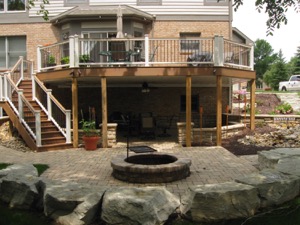 Ten years ago, wooden decks were almost mandatory in a well-appointed backyard landscape design. Then the initial cost of construction caused by rising timber prices coupled with the hassle of yearly maintenance led many homeowners to look for a less demanding alternative.
Ten years ago, wooden decks were almost mandatory in a well-appointed backyard landscape design. Then the initial cost of construction caused by rising timber prices coupled with the hassle of yearly maintenance led many homeowners to look for a less demanding alternative.
What took their place? In some cases, patios! With little or no maintenance and a more decorative look than concrete, patios made of all kinds of pavers became popular. Patios and walks made with pavers proved to be more flexible and less affected by winter weather than regular concrete slabs.
Stamped concrete, close to pavers in price and offering a variety of patterns and colors, gave homeowners another choice for creating an outdoor living space.
Why are decks back?
Flexibility! Some sites are just better suited for a deck. There may be lots of tree roots that could heave a paver or concrete patio; or hillsides that would require retaining walls to level out enough space for a patio. Another situation perfect for a deck is over a walkout basement with doors on the lower elevation.
Synthetics! Newly developed and improved low maintenance building materials are gaining popularity. “Synthetics have come a long way – the newer colors and textures can really add appeal and no longer look like melted down milk jugs,” says Dave Swearingen, landscape architect for The Site Group, New Carlisle.
“Originally they all faded to grey, now they are holding their color better and manufacturers are putting texture on them to give a warmer feel. People are adjusting to the look and like the idea of using recycled products.”
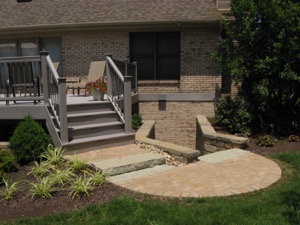 Changes in building codes! Handrails are being eliminated for lower decks (see local codes). “Details in handrail design can drive up costs. It also may improve the view out the back window without a handrail blocking a low window sill.”
Changes in building codes! Handrails are being eliminated for lower decks (see local codes). “Details in handrail design can drive up costs. It also may improve the view out the back window without a handrail blocking a low window sill.”
“But consider adding plants to give your guests a visual cue of the edge if you don’t use handrails,” advises Swearingen – “you don’t want anybody to fall off! There are alternative handrails such as iron or glass, but keep local building codes in mind when looking at these options.”
New hardwoods such as IPE and Massaranduba have become available.
“These new species don’t require any staining or maintenance,” reports Swearingen. “They are being grown to meet environmental concerns. However, they do require extra labor for pre-drilling screws and may still need penetrating sealers to hold dark color.”
Material cost can be comparable with synthetics. Other decking materials to investigate are Cedar and redwood. “Either makes a beautiful surface – but can be marked with heels, etc. due to their softness,” says Swearingen. “These will require staining or sealing to hold color.” There are deck maintenance companies that will wash and reseal for you – it may be worth figuring the cost of the maintenance in!
The bottom line:
Don’t rule decks out, but have an open mind about them – they have improved!
“Maybe look into a combination of materials for your outdoor living space,” Swearingen suggests.

